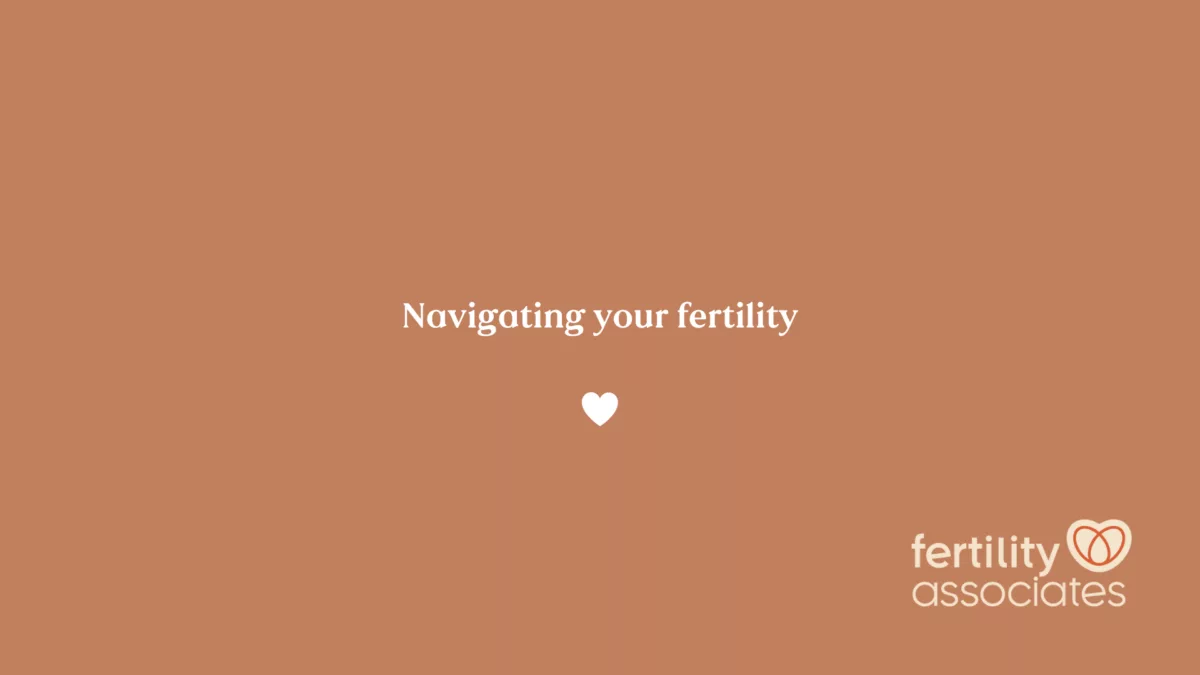Navigating your fertility

Whether you're just starting your fertility journey or have been trying for a while, this session covers all of the essentials—from interpreting AMH results, knowing when to seek expert advice, and what to expect at your first appointment. Laura also delves into how specialists identify factors contributing to infertility.






